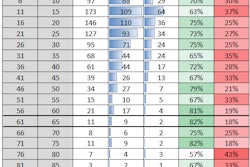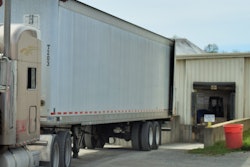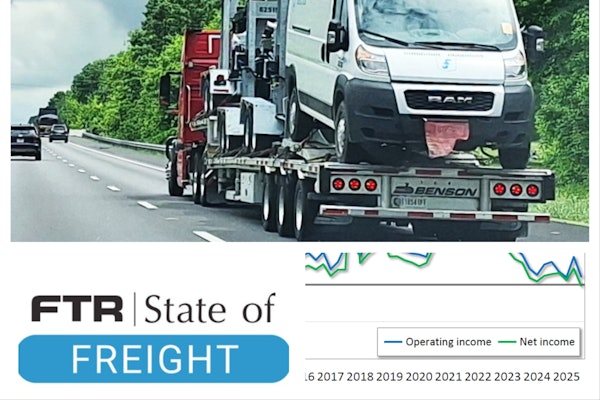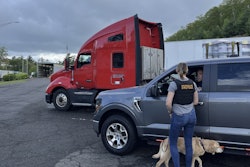Previously in this series: ELDs: What to expect from enforcement as the mandate descends
Some in the industry have worried ELD data would be used at roadside or, more likely, by compliance-review auditors to uncover violations other than just hours of service infractions. Their thinking was that GPS position data recorded by an ELD would make speeding infractions easy pickings after the fact based on average speed over a stated route.
However, Congress’ codification of the ELD mandate in the 2012 MAP-21 highway bill expressly forbid this practice. The bill says the federal government was required to “institute appropriate measures to ensure any information collected by electronic logging devices is used by enforcement personnel only for the purpose of determining compliance with hours of service requirements.”
This notion of enforcement drift with ELD data was brought up by a Seventh Circuit appeals-court judge who was part of the panel that heard oral arguments during September 2016 in the Owner-Operator Independent Drivers Association’s lawsuit against the U.S. Department of Transportation over the ELD mandate. Joshua Waldman, DOT attorney, said the department had issued an official policy on Dec. 4, 2015, that expressly limits ELD data use to hours.

“State partners who enforce the federal regulations are subject to the policy guidance” too, Waldman said.
Months ago Overdrive made a Freedom of Information Act request for a copy of the memorandum, but it has not received a copy. During the 2016 oral arguments in OOIDA’s case, Waldman noted it was not a matter of public record.











